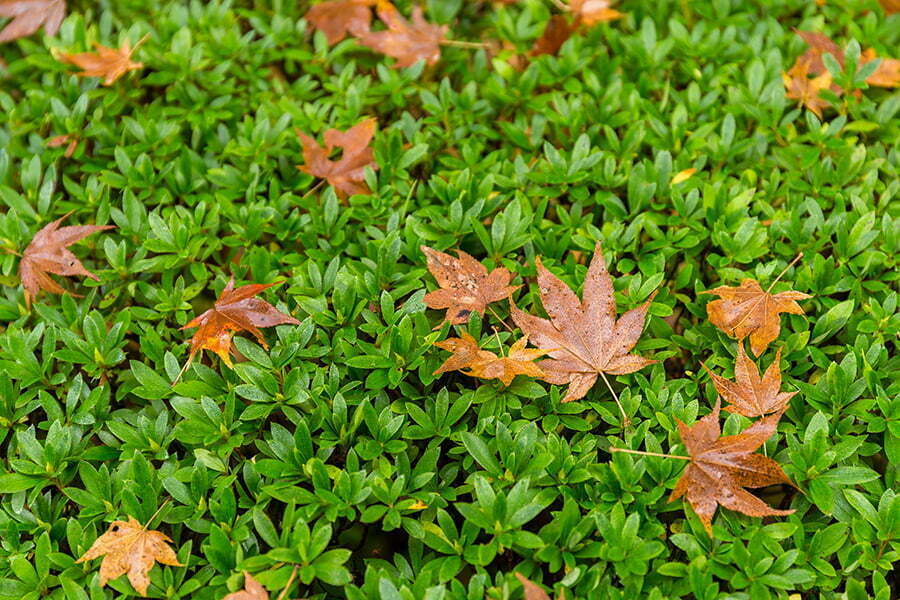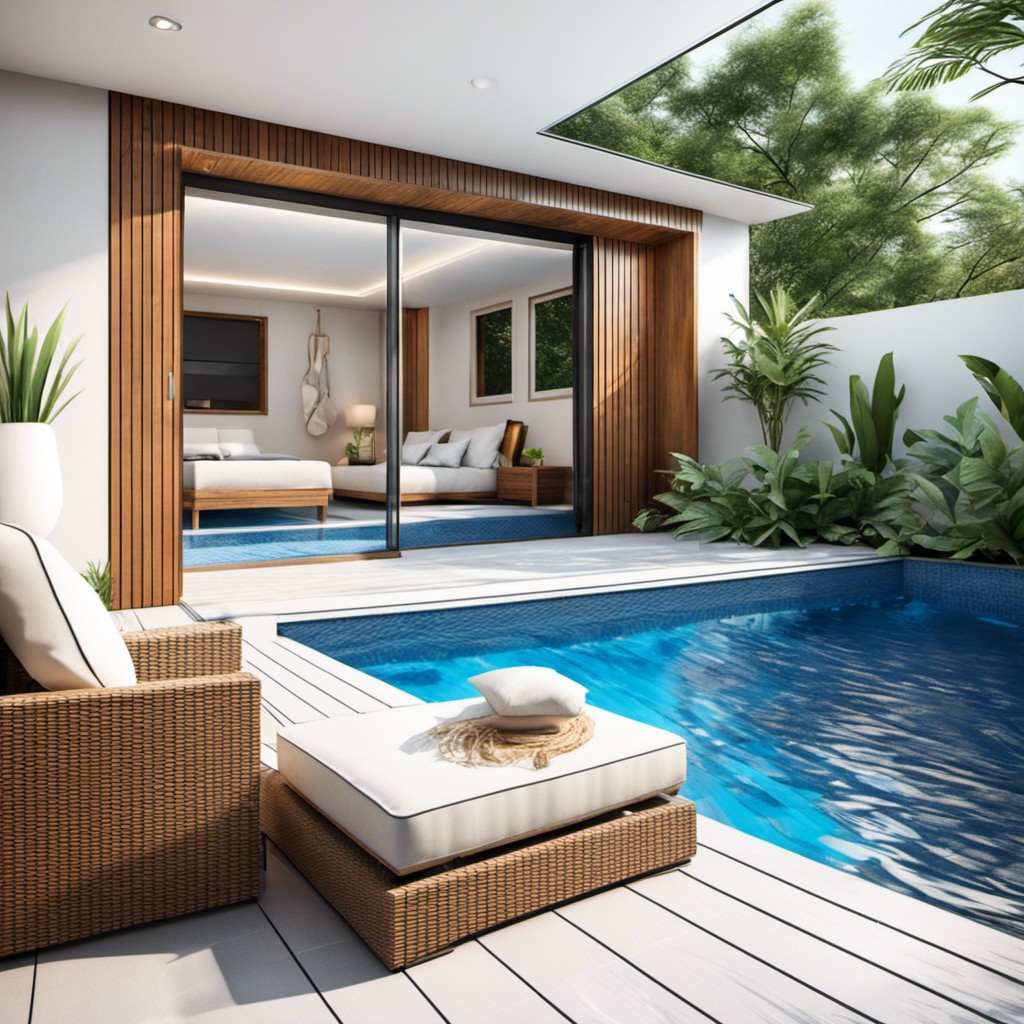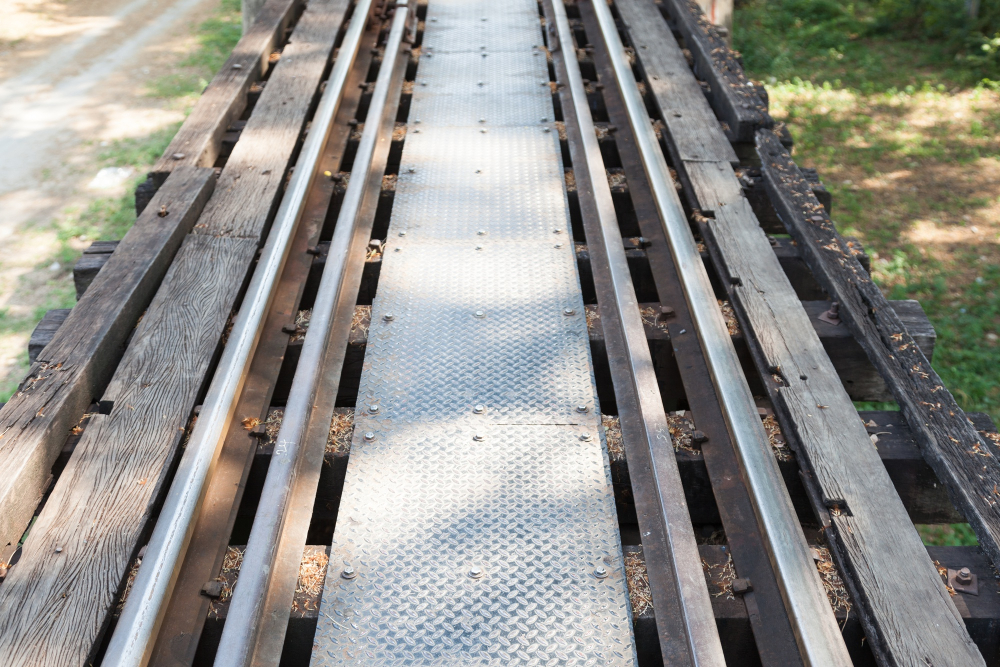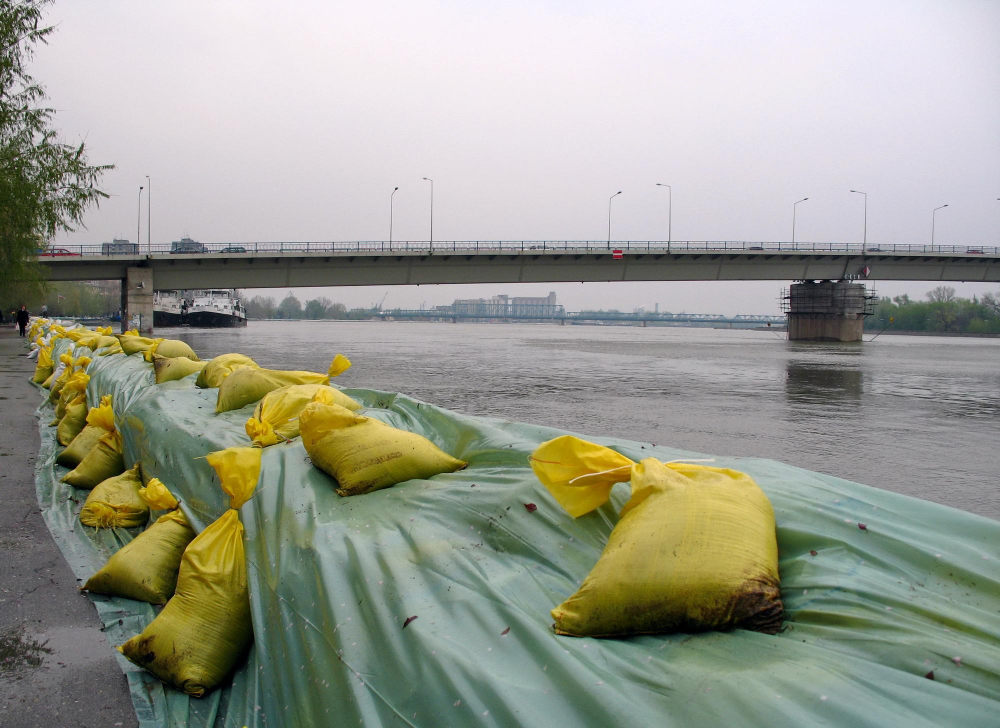Last updated on
Explore the exciting world of sandbox alternatives as we delve into creative and safe substitutes for sand, perfect for your little one’s playtime adventures.
Who doesn’t love a good sandbox? It’s the perfect place for kids to let their imaginations run wild and create sandcastles, dig tunnels, and bury treasure. But what if you’re looking for an alternative to traditional sand? Maybe you want something that’s safer for your little ones or more environmentally friendly.
Well, fear not! In this article, we’ll explore some creative alternatives to sand that will keep your kids entertained and your conscience clear. So grab a shovel and let’s get digging!
Sand Alternatives for Sandbox
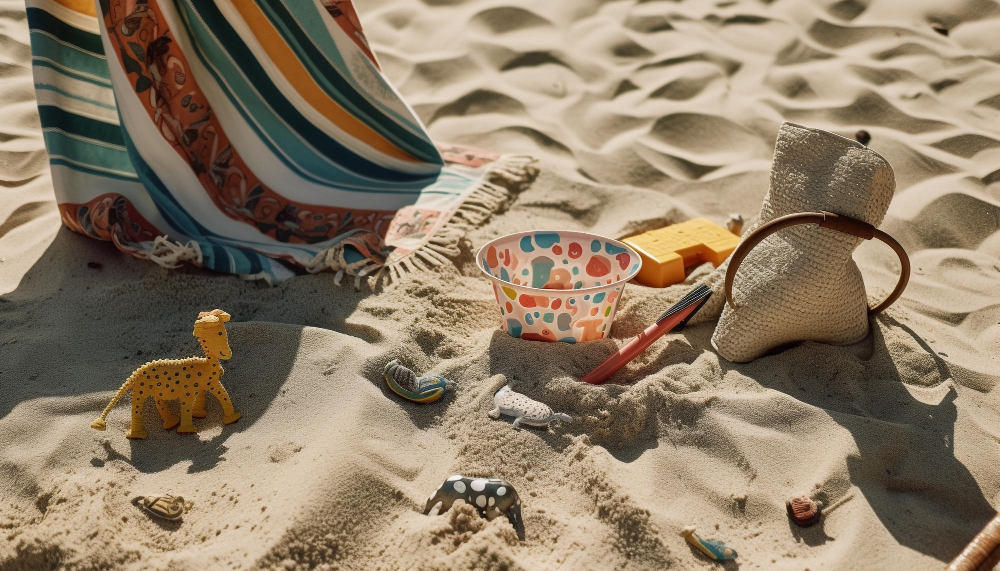
Fortunately, there are plenty of alternatives that can provide just as much fun and creativity without the potential hazards or environmental concerns associated with sand.
One popular alternative to sand is recycled rubber mulch. Made from shredded tires, this material provides a soft surface that’s perfect for jumping and playing while also being durable enough to withstand heavy use.
Another option is crumb rubber, which consists of small pieces of ground-up tires mixed with other materials like silica sand or cork. This creates a bouncy surface that’s great for running and jumping on.
Pea gravel is another popular choice because it allows water to drain through easily while still providing an interesting texture for kids to play in. Engineered wood fiber offers similar benefits but has the added advantage of being made from recycled wood products.
For those who prefer natural materials, wood chips or shavings can be used instead of traditional sand. Play pellets made from compressed sawdust are another eco-friendly option that provides a soft landing surface without any harmful chemicals or additives.
Foam play mats offer yet another alternative by creating a cushioned surface perfect for young children learning how to crawl or walk.
Types of Sandbox Surfaces
Each type of material has its own unique benefits and drawbacks, so it’s important to consider your specific needs before making a decision.
One popular option is recycled rubber mulch. Made from shredded tires, this material is durable and long-lasting while also being soft enough to cushion falls.
Crumb rubber is another alternative made from ground-up tires that can be used as a safe playground surface.
Pea gravel provides excellent drainage and doesn’t require much maintenance but may not be the best choice for younger children who might put small rocks in their mouths or noses.
Engineered wood fiber (EWF) offers good shock absorption but requires regular upkeep due to compaction over time. Wood chips or shavings are another natural option that can provide good drainage while still offering some cushioning properties.
Play pellets made from recycled plastic offer an eco-friendly solution with low maintenance requirements but may not hold up well under heavy use or extreme weather conditions.
Foam play mats provide excellent shock absorption without requiring any special installation procedures; however, they tend to wear out quickly when exposed directly sunlight over time. Organic coconut coir provides an all-natural alternative that’s biodegradable and easy on sensitive skin types like eczema sufferers; however, it does require frequent replacement due to decomposition after prolonged exposure outdoors.
Cornmeal & oat bran mixtures make great alternatives because they’re non-toxic if ingested by young children playing in the sandboxes; however these materials need replacing frequently since they attract pests such as ants which could cause harm if left unchecked around kids’ play areas.
Rice & beans mixture makes perfect sense especially when you have limited space indoors where you want your child(ren)to enjoy playing with sand-like substances without having them scattered all over the place – rice grains mimic tiny pebbles whereas beans simulate larger stones giving kids different textures to play with.
As you can see, there are many different types of sandbox surfaces available.
Recycled Rubber Mulch
Made from recycled tires, this material is shredded into small pieces that resemble wood chips or mulch. It’s soft, springy texture makes it a great choice for cushioning falls and reducing the risk of injury on playgrounds.
One of the biggest advantages of using recycled rubber mulch in your sandbox is its durability. Unlike sand which can easily be blown away by wind or washed away by rainwater, rubber mulch stays put even in harsh weather conditions.
This means you won’t have to worry about constantly replenishing your sandbox with new materials.
Another benefit of using recycled rubber mulch as a filler for your sandbox is its low maintenance requirements compared to other alternatives like wood chips or pea gravel which need regular raking and leveling out over time.
However, one thing you should keep in mind when considering this option for your child’s play area is that it may not be suitable if they have latex allergies since some types are made with natural latex binders.
Crumb Rubber
It’s made from recycled rubber tires, which makes it an eco-friendly option that also helps reduce waste. The rubber is shredded into small pieces, creating a soft and springy surface that’s perfect for kids to play on.
One of the benefits of crumb rubber is its shock-absorbing properties. This means it can help prevent injuries if children fall while playing in the sandbox or on the playground equipment.
Crumb rubber doesn’t attract insects like traditional sand does, making it a more hygienic choice.
However, there are some safety concerns associated with crumb rubber due to potential exposure to harmful chemicals found in tire materials such as lead and phthalates (a group of chemicals used in plastics). Therefore parents should ensure they purchase high-quality products from reputable manufacturers who follow strict safety standards.
Pea Gravel
It’s made up of small, smooth stones that are easy on little hands and feet. Pea gravel comes in a variety of colors and sizes, so you can choose the perfect one for your child’s play area.
One great thing about pea gravel is that it doesn’t get as hot as sand does in direct sunlight. This makes it an excellent choice if you live in a warm climate or have your sandbox exposed to the sun all day long.
Another benefit of using pea gravel is its durability. Unlike sand, which can easily blow away or wash out during heavy rainstorms, pea gravel stays put and requires less maintenance over time.
However, there are some safety considerations when using this material for playgrounds or other areas where children will be playing. Make sure to use rounded rather than sharp-edged stones since they pose less risk of injury if someone falls onto them accidentally.
Engineered Wood Fiber
It’s made from shredded wood that has been treated with non-toxic materials, making it safe for children to play on. EWF is also an eco-friendly option as it’s made from recycled wood products.
One of the benefits of using EWF in your sandbox is its ability to absorb moisture, which means less dust and fewer bugs compared to traditional sand. It also provides a soft landing surface in case of falls or tumbles.
When choosing EWF for your sandbox, make sure you select one that meets safety standards set by organizations such as ASTM International or the Consumer Product Safety Commission (CPSC). These standards ensure that the material has been tested and proven safe for use in playgrounds.
It’s important to note that while EWF may be more expensive than other alternatives like pea gravel or rubber mulch initially, it can last longer with proper maintenance. Regular raking will help keep the surface level and prevent compaction over time.
Wood Chips and Shavings
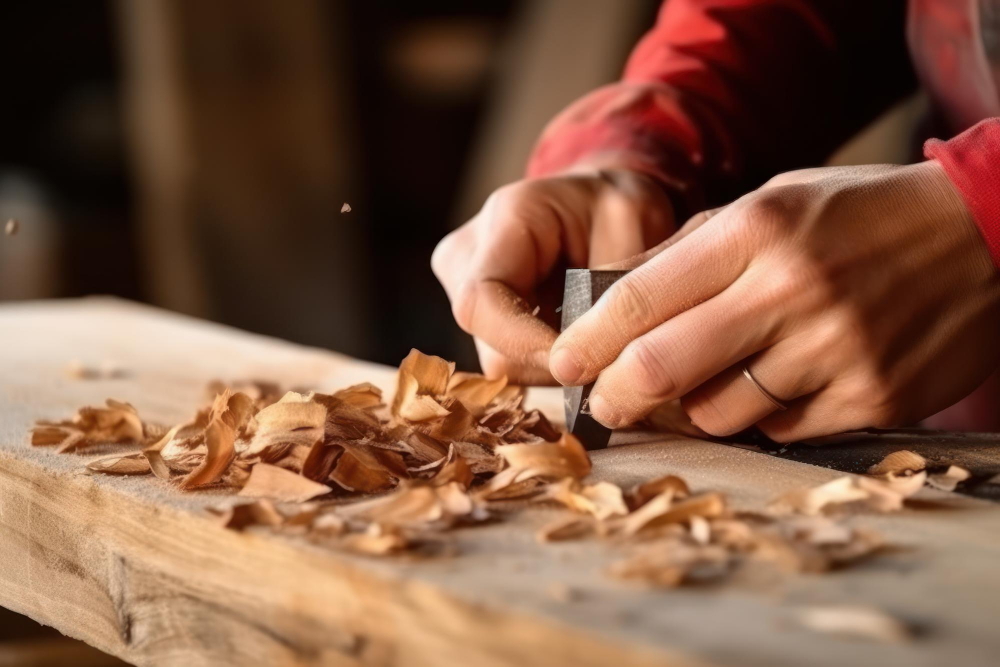
They’re affordable, easy to find, and provide a natural look that blends in with your backyard landscape. Plus, they’re soft enough for kids to play on without the risk of splinters.
One thing to keep in mind when using wood chips or shavings is that they can attract bugs like ants and termites. To prevent this from happening, make sure you use fresh wood chips or shavings rather than ones that have been sitting around outside for a while.
Another consideration is the potential messiness of these materials compared to sand alternatives like rubber mulch or foam mats. Wood chips can scatter easily if not contained properly within the sandbox area.
Play Pellets
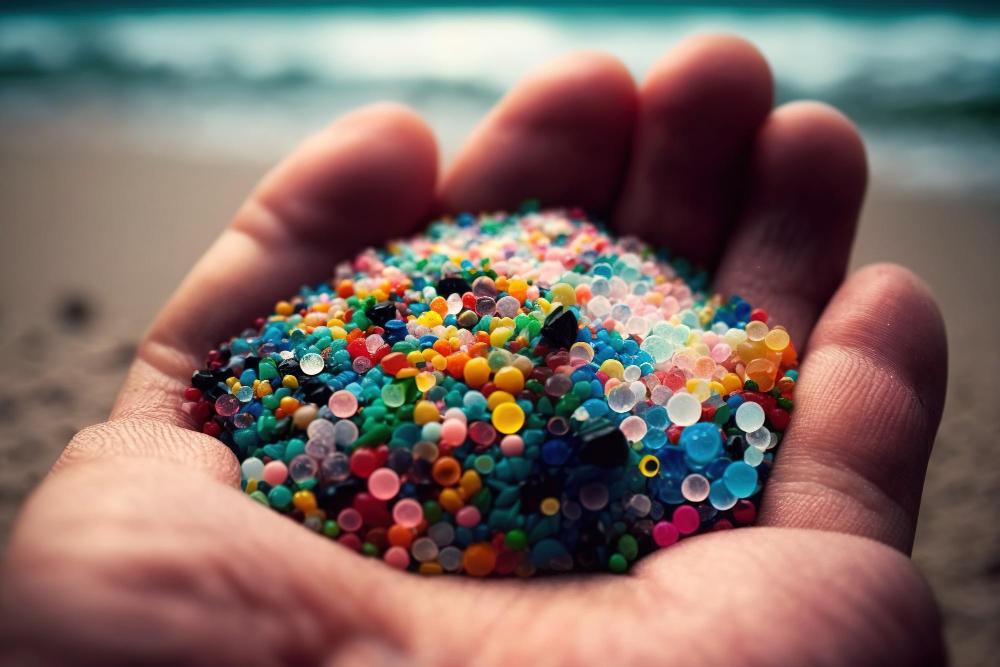
These pellets are made from recycled plastic and come in a variety of colors, making them perfect for creating vibrant play spaces. They’re also non-toxic and safe for kids to play with.
One of the benefits of using Play Pellets is that they don’t require any special equipment or tools to install. Simply pour them into your sandbox, level them out, and you’re ready to go! Plus, they won’t stick to clothes or skin like sand can.
Another advantage is that Play Pellets don’t break down over time like organic materials do. This means you won’t have to replace them as often as other alternatives.
However, it’s important to note that while Play Pellets are generally safe for children’s use when new; if exposed long-term under UV light (sunlight), these pellets may release toxic chemicals such as lead which could be harmful if ingested by children through hand-to-mouth contact after playing with the material.
Foam Play Mats
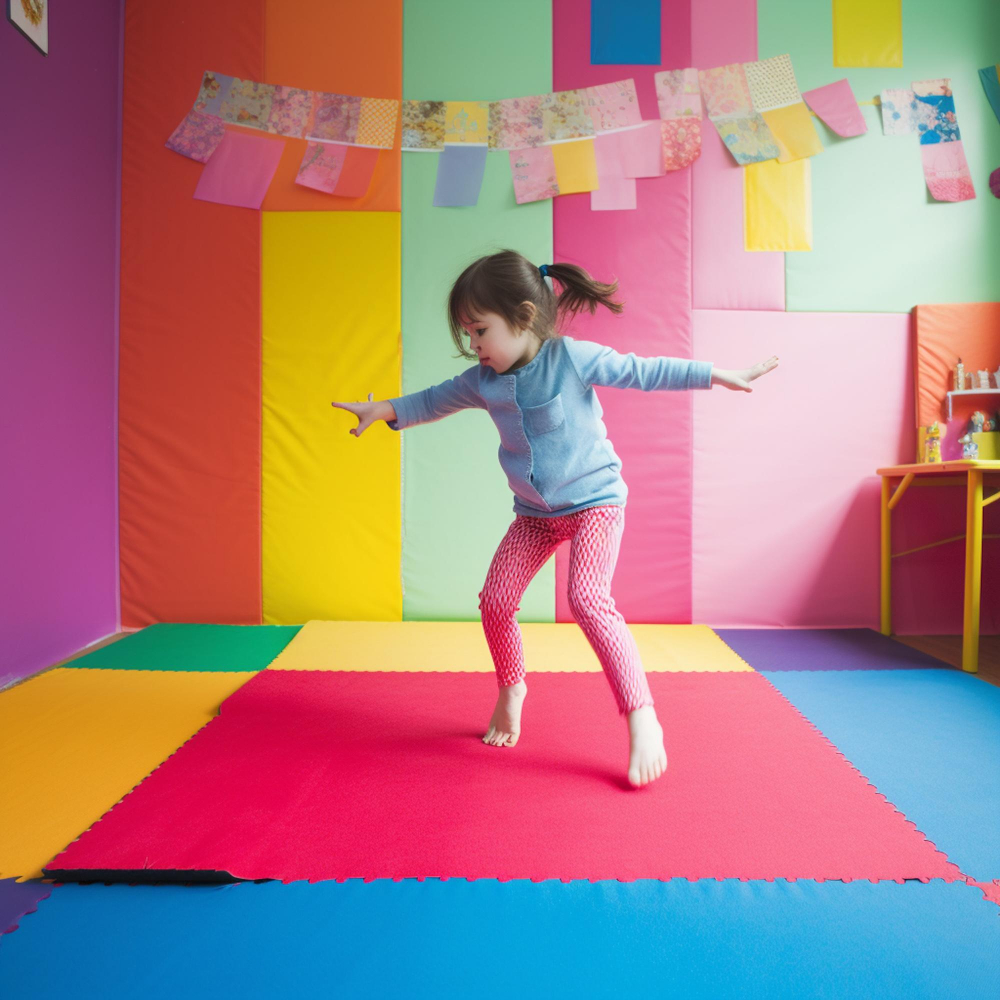
They provide a soft and cushioned surface that is perfect for young children who are just learning to crawl or walk. These mats come in various colors, shapes, and sizes, making them an excellent choice for creating fun designs on the floor.
One of the best things about foam play mats is that they’re easy to clean. You can simply wipe them down with soap and water or use a disinfectant spray if needed.
This makes them ideal for parents who want something low-maintenance but still safe and hygienic.
Another advantage of foam play mats is their versatility – you can use them not only as sandbox alternatives but also as flooring in other parts of your home like basements or garages where kids might be playing sports or games.
However, it’s important to note that while foam play mats may be safer than traditional sandboxes when it comes to avoiding injuries from falls; they do have some downsides too. For example, they tend not last very long compared with other materials such as rubber mulch which has greater durability over time.
Organic Coconut Coir
Made from the fibrous husks of coconuts, this material is sustainable, renewable, and biodegradable. It also has excellent water retention properties which means it won’t dry out quickly like traditional sand.
Coconut coir is easy to maintain as well. Simply rake it occasionally to keep it loose and fluffy or add more if needed.
It doesn’t attract bugs or pests like other organic materials such as wood chips or straw.
One thing to note about coconut coir is that it can be slightly acidic when first used in a sandbox so you may want to rinse it with water before use just in case your child has sensitive skin.
Cornmeal and Oat Bran
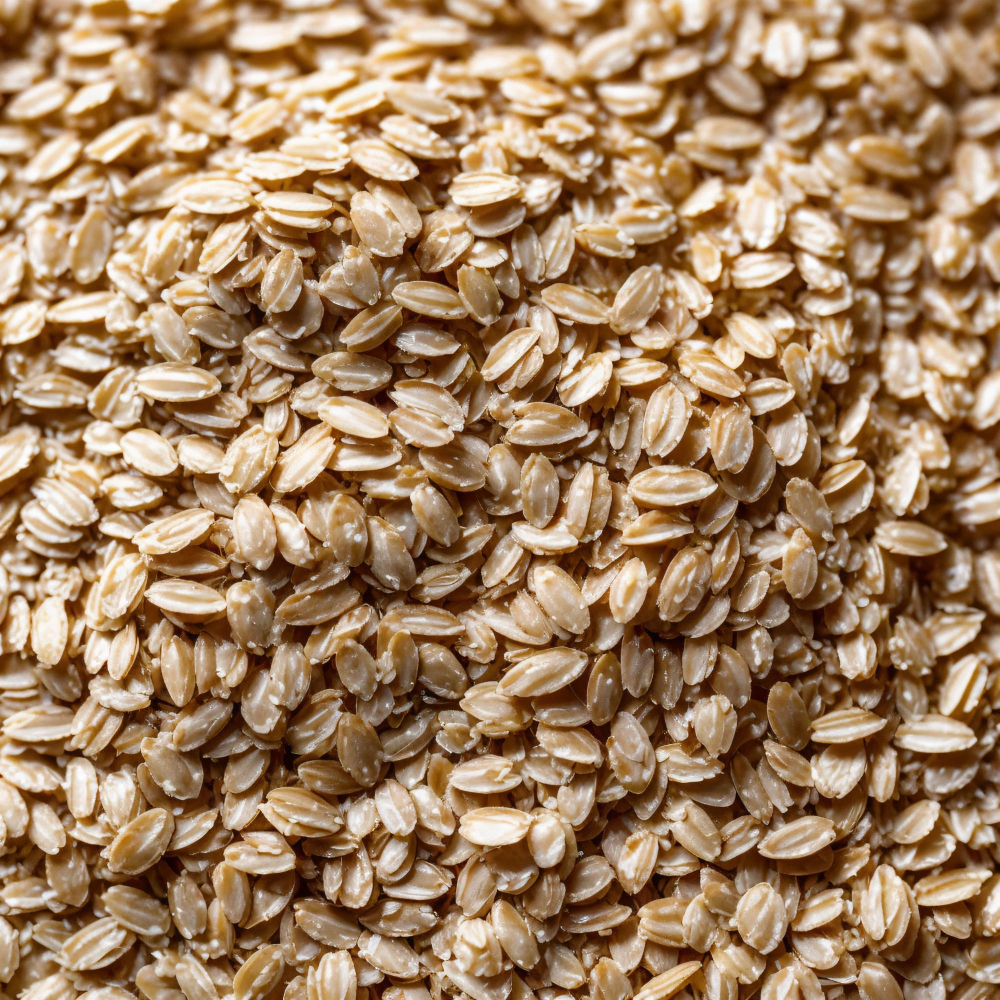
These materials are non-toxic, biodegradable, and safe for children to play with. Cornmeal is made from ground corn kernels while oat bran is the outer layer of the oat grain.
Both cornmeal and oat bran have a similar texture to sand but without the dust or potential allergens that come with traditional sand. They also have a pleasant smell which adds an extra sensory element to your child’s playtime experience.
One thing you should keep in mind when using these materials as sandbox fillers is their tendency to attract bugs such as ants or beetles. To avoid this problem, it’s recommended that you mix some cinnamon into the mixture before adding it into your sandbox.
Another benefit of using cornmeal or oat bran instead of traditional sand is their affordability compared to other alternative options like rubber mulch or foam mats. You can easily find them at any grocery store near you at an affordable price point.
Rice and Beans
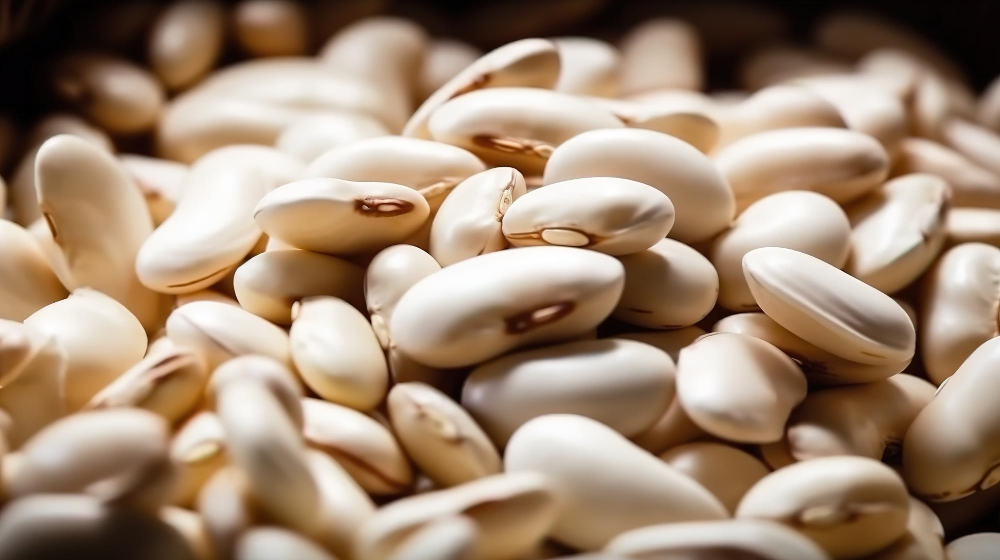
Not only is it affordable, but it also provides a unique sensory experience that kids will love. Rice and beans can be purchased in bulk at most grocery stores, making them an easy option for those on a budget.
To use rice and beans as sandbox fillers, simply mix the two together in equal parts until you have enough to fill your desired space. The texture of the mixture is soft yet firm enough to mold into shapes or bury objects.
One thing to keep in mind when using rice and beans as an alternative filler is that they may attract pests such as ants or rodents if left outside for extended periods of time. It’s important to store them properly after playtime has ended.
Non-Toxic Play Sand
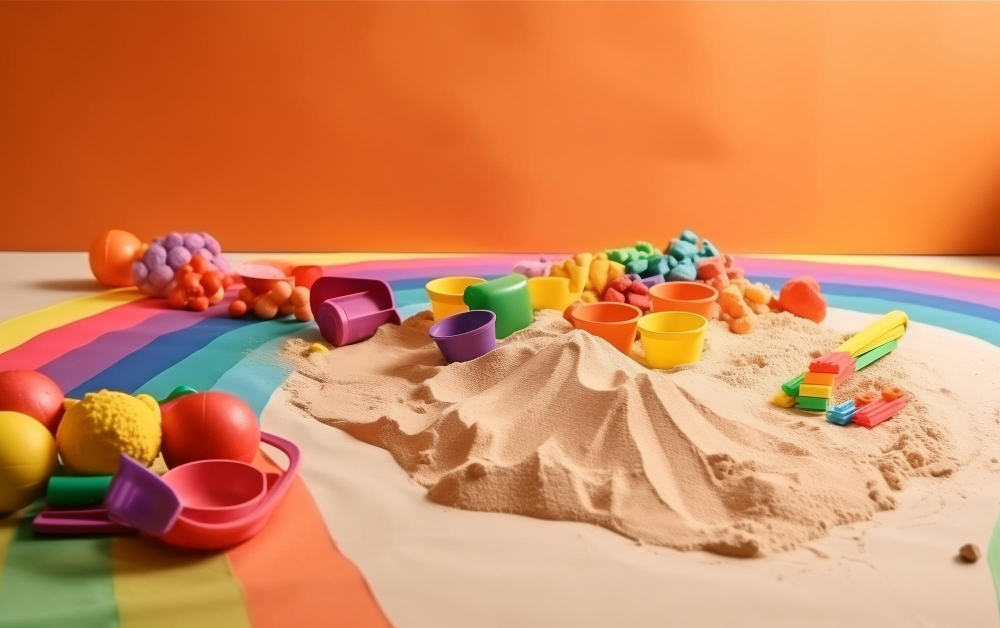
Regular sand can contain harmful chemicals and toxins that could be dangerous if ingested or inhaled. Non-toxic play sand is made from natural materials like crushed marble, quartz, or silica and does not contain any harmful substances.
One of the best things about non-toxic play sand is that it looks and feels just like regular sandbox sand. Your kids won’t even notice the difference! It’s also easy to find at most home improvement stores or online retailers.
When using non-toxic play sand in your sandbox, make sure to keep it clean by regularly sifting out debris and replacing any wet areas with fresh dry material. This will help prevent mold growth which can be harmful to children.
Polymeric Sand
It’s made from fine sand mixed with polymer binders that harden when exposed to water, creating a solid surface that resists erosion and weed growth. Polymeric Sand is perfect for areas where drainage may be an issue as it allows water to pass through while still maintaining its structure.
One of the benefits of using Polymeric Sand in your sandbox is that it requires less maintenance than traditional sand. Unlike regular sand, which needs frequent raking and leveling, polymeric sand stays put once it’s been installed properly.
Another advantage of using this type of material in your sandbox is its durability. Once hardened, polymeric sands can withstand heavy foot traffic without breaking down or eroding away over time like regular play sands do.
However, there are some downsides to consider before choosing this option: first off – cost! Polymeric Sands tend to be more expensive than other alternatives on the market due mainly because they require special installation techniques such as wetting them down after application so they can set up correctly; secondly – safety concerns arise if children ingest any particles since these materials contain chemicals not found in natural play-sand options like silica-based ones commonly used at playgrounds across America today!.
Colored Sand Alternatives
However, traditional colored sand can be messy and difficult to clean up. Luckily, there are several alternatives that offer the same vibrant colors without the hassle.
One option is using food coloring or liquid watercolors on plain white play sand. This allows you to create custom colors and patterns while still maintaining the texture of regular sand.
Another alternative is using dyed rice or pasta as a colorful filler for your sandbox. These materials are easy to make at home with just a few simple ingredients, making them an affordable option as well.
If you’re looking for something more durable than traditional colored sand, consider polymeric sand which comes in various shades including reds, blues and greens that will not fade over time due its chemical composition.
DIY Sandbox Fillers
You can use materials that you already have at home or find affordable options at your local hardware store. One popular DIY filler is using packing peanuts, which are lightweight and easy to move around.
However, keep in mind that they may not be the most durable option and could break down over time.
Another idea is dog sand – it’s made from finely ground recycled glass and has a texture similar to sand but without any harmful chemicals or allergens. It’s also non-toxic for pets if ingested accidentally.
You can also create your own colored sand by mixing food coloring with salt or sugar – this will add some fun pops of color to your child’s playtime! Just make sure the colors don’t bleed onto clothing as they might stain permanently.
When creating DIY sandbox fillers, always consider safety first: avoid sharp objects like broken glass pieces; ensure all materials used do not pose choking hazards; check for allergies before introducing new substances into the mix.
Packing Peanuts
These lightweight foam pieces are often used as cushioning material in shipping boxes, but they can also make great sandbox fillers.
One of the benefits of using packing peanuts is that they’re easy to find and free or low-cost. You may even have some lying around your house from recent deliveries.
They’re also non-toxic and won’t harm your child if ingested accidentally.
However, there are some downsides to consider before filling up your sandbox with these little foam nuggets. Packing peanuts tend to blow away easily in windy conditions or float away when wet, so it’s important to keep an eye on them during playtime.
Packing peanuts aren’t very durable compared with other materials like rubber mulch or wood chips; they’ll break down over time due to exposure from sunlight and moisture which means that you will need frequent replacements.
Dog Sand
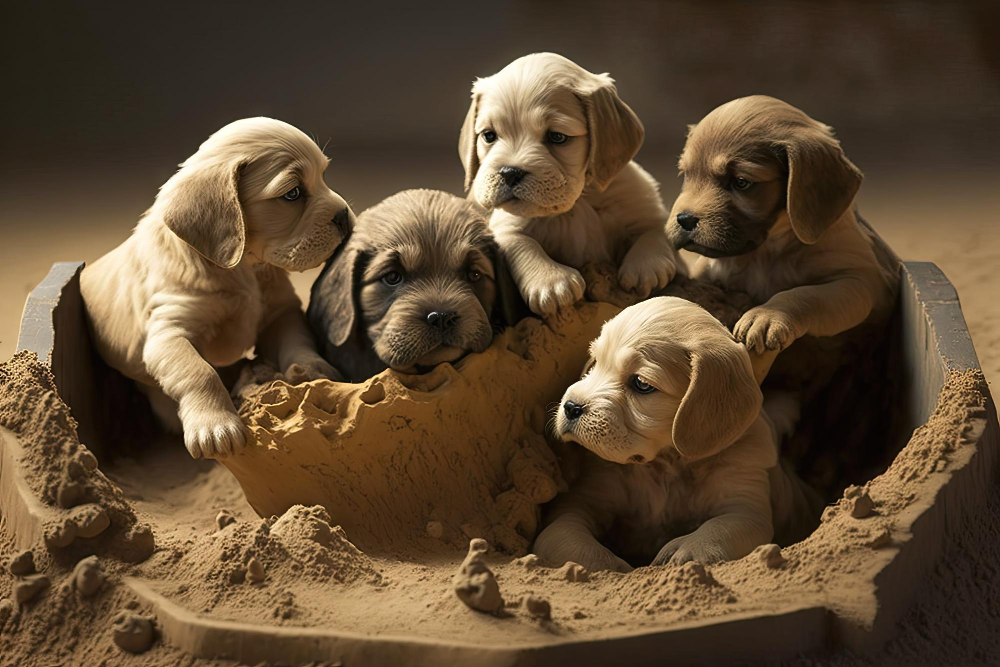
This type of sand is specially designed with dogs in mind, making it durable enough to withstand rough play and digging without causing harm or injury.
Made from finely ground quartz, Dog Sand has rounded edges that are gentle on your dog’s paws while still providing the necessary traction they need for running and playing. It also doesn’t contain any harmful chemicals or toxins, ensuring your pet stays healthy while having fun.
One of the biggest advantages of using Dog Sand in your sandbox is its ability to repel fleas and ticks naturally. The tiny particles make it difficult for these pests to burrow into the sand, reducing the risk of infestation around your home.
If you’re worried about odor control when using this type of material as an alternative sandbox filler – don’t be! Most brands come with built-in deodorizers that help keep unpleasant smells at bay even after prolonged use by pets.
Indoor Sandbox Materials
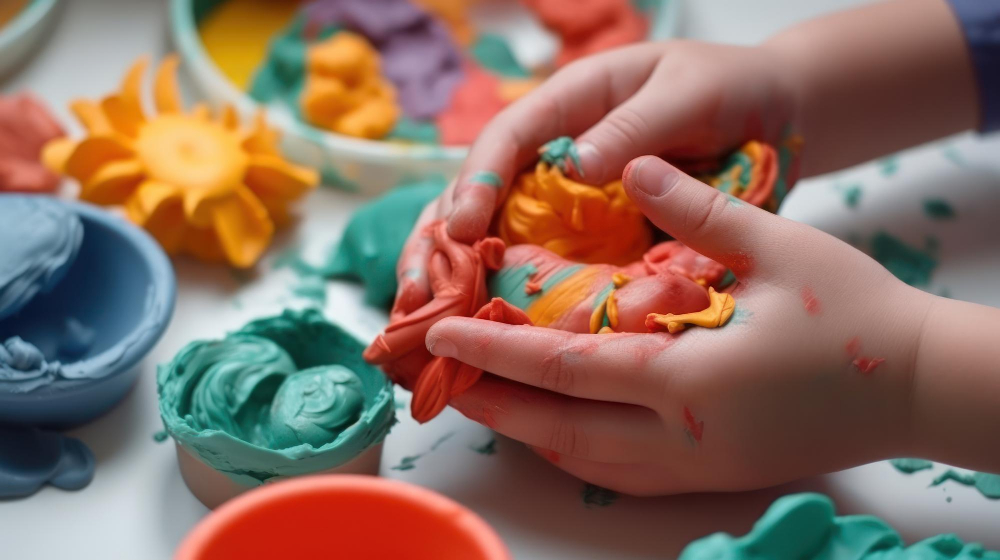
Indoor sandboxes are perfect for keeping little ones entertained during long winter months and can be made with a variety of materials.
One option is kinetic sand, which has become increasingly popular in recent years. Kinetic sand is made from 98% real beach sand and 2% polymer that makes it stick together like wet sand but without the mess.
It’s easy to mold into shapes and doesn’t dry out like traditional playdough.
Another alternative material for indoor use is moon dough (also known as cloud dough). Moon dough consists of flour mixed with oil (baby oil works well) until it forms a soft, pliable texture similar to kinetic sands’ consistency.
For those who prefer natural materials over synthetic ones, cornmeal can also be used as an alternative filler in your indoor sandbox. Cornmeal has a fine texture that feels similar to traditional beach sands but without any harmful chemicals or additives.
Sandbox Drainage
Sand drains naturally, but other materials may require additional measures to prevent water buildup and mold growth. Some alternatives like pea gravel or wood chips allow for natural drainage, while others like foam mats or coconut coir may need a perforated liner underneath.
To ensure proper drainage in your sandbox, start by selecting a location that’s level and has good soil composition. Avoid areas with poor drainage or standing water after rainfalls.
Next, create a base layer of crushed stone or gravel at least 4 inches deep to promote proper draining. Cover this layer with landscape fabric before adding your chosen filler material on top.
Monitor the sandbox regularly for any signs of moisture buildup and remove any debris that could block the drain holes if necessary.
Caring for Alternative Sandbox Materials
Proper maintenance will not only keep your sandbox looking great but also ensure that it remains safe for your little ones to play in.
One of the most important things you can do is regularly clean and sanitize your sandbox. This is especially true if multiple children are playing in the same area or if pets have access to the space.
Use a rake or shovel to remove any debris, then wash down with a mild soap solution and rinse thoroughly with water.
It’s also essential that you check for any signs of wear and tear on a regular basis. Loose fill materials like pea gravel or wood chips may need topping up from time-to-time, while rubber mulch may require fluffing up occasionally.
Be sure to cover your alternative sandbox material when not in use – this will help prevent contamination from animals as well as protect against weather damage such as rainwater pooling at its base which could lead over time into mold growth.
Maintaining a Safe Sandbox

Here are some tips for maintaining a safe sandbox:.
1. Keep the sand level low: A deep layer of sand can increase the risk of suffocation or entrapment, so make sure you keep the level no higher than 12 inches.
2. Cover when not in use: When playtime is over, cover your sandbox with a tarp or lid to prevent animals from using it as their personal litter box and also protect against rainwater accumulation.
3. Regularly clean and sanitize: Sandboxes can harbor bacteria and germs if not cleaned regularly; therefore, ensure you rake through the surface frequently removing debris such as leaves or twigs while sanitizing with an eco-friendly solution like vinegar mixed with water.
4. Check for hazards before playtime begins: Before letting your children loose in their alternative-filled playground paradise check for any sharp objects like broken glass pieces that may have found its way into the area during off-hours.
Tips for Playground Coolness
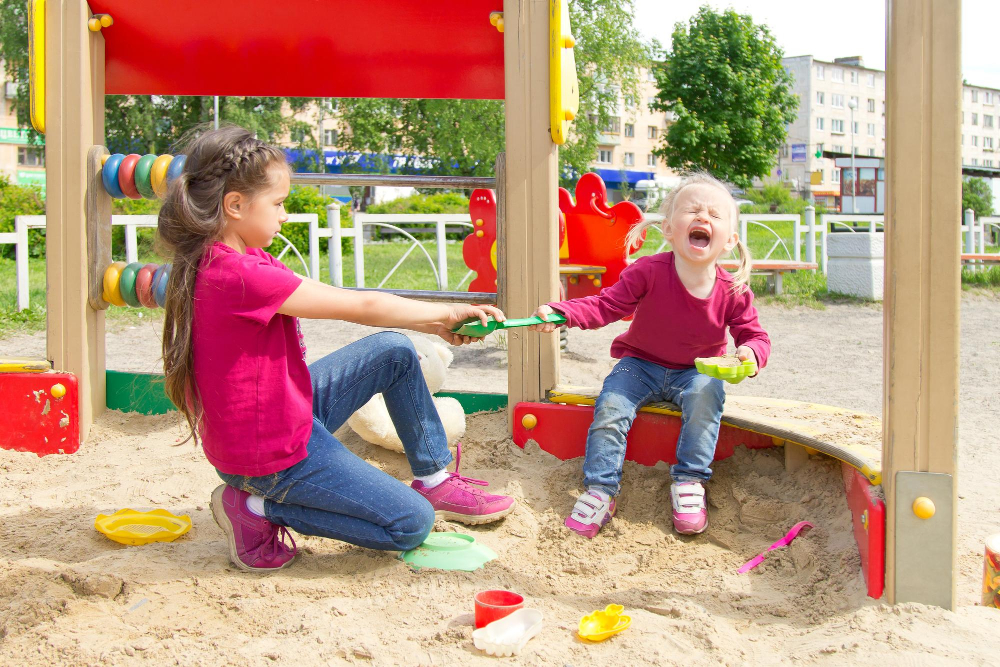
First and foremost, consider the location of your sandbox. If possible, choose an area with plenty of shade to keep kids cool on hot summer days.
Another way to keep things cool is by using materials that don’t absorb heat as much as sand does. For example, pea gravel or rubber mulch won’t get as hot in direct sunlight compared to traditional sand.
You can also add some fun accessories like umbrellas or misting systems for extra relief from the sun’s rays. And don’t forget about providing plenty of water stations so kids stay hydrated while they play.
Be sure to regularly check for any hazards such as sharp objects or broken equipment that could cause injury during playtime.
Environmental Impacts of Alternatives
Traditional sand mining can have a significant impact on local ecosystems and wildlife habitats. Some types of alternative materials may not be biodegradable or recyclable.
For example, recycled rubber mulch is made from old tires that would otherwise end up in landfills. While this material is durable and long-lasting, it does not decompose over time and can release harmful chemicals into the environment as it breaks down.
On the other hand, organic coconut coir is a renewable resource that comes from coconut husks. It’s biodegradable and compostable but may require more frequent replacement than other materials due to its tendency to break down quickly.
When choosing an alternative material for your sandbox surface, consider factors such as sustainability, durability over time versus cost-effectiveness of replacing frequently or using non-biodegradable options like foam mats which are easy-to-clean but do not degrade naturally.
Safety Considerations
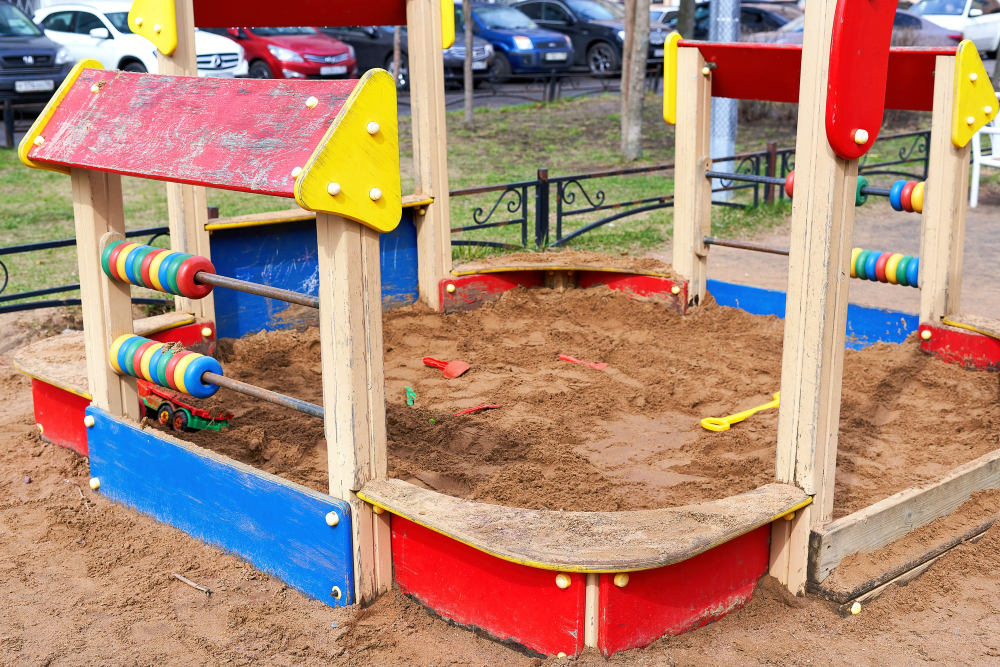
Safety should always be the top priority when choosing sandbox alternatives. Some materials may pose choking hazards or contain harmful chemicals that could cause health problems if ingested or inhaled.
It’s important to choose materials that are age-appropriate and non-toxic. Avoid using any fillers made from recycled tires as they can release toxic fumes in hot weather conditions.
Make sure the sandbox is properly maintained and regularly inspected for any sharp objects or debris that could cause injury. Covering the sandbox when not in use can also help prevent animals from using it as a litter box.
Avoiding Playground Injuries
While sandbox alternatives can provide a fun and unique experience for kids, it’s important to take precautions to avoid accidents.
One way to prevent injuries is by choosing materials that are age-appropriate and non-toxic. Some alternative sand options may contain harmful chemicals or small particles that could pose a choking hazard.
Another consideration is ensuring proper drainage in the sandbox area. Standing water can create slippery surfaces and increase the risk of falls or other accidents.
It’s also essential to supervise young children while they’re playing in the sandbox, especially if they’re using unfamiliar materials. Encourage them not to throw sand or other fillers at each other as this could lead to eye injuries or respiratory problems if ingested.
Allergies and Sensitivities
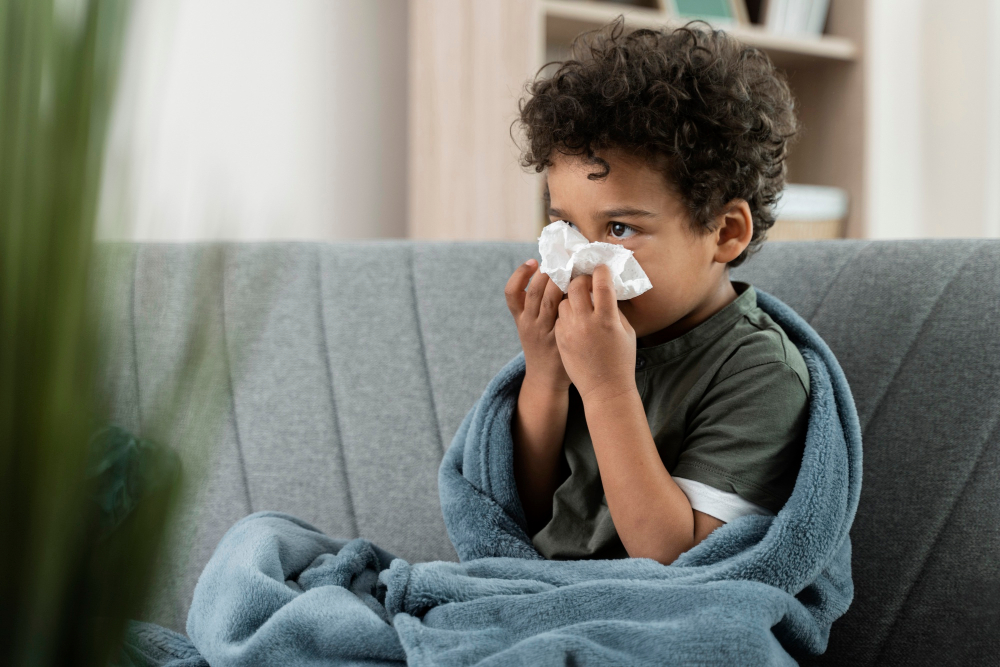
Some materials, such as wood chips or coconut coir, can cause allergic reactions in some children. Others may be sensitive to the dust that certain materials create when they’re played with.
If you’re unsure whether a particular material is safe for your child, consult with their pediatrician before making any decisions. They can help you determine which options are best suited for your little one’s needs.
Remember that even if a material is generally considered safe and non-toxic, there’s always the possibility of an adverse reaction in some individuals. Keep an eye on your child while they play and watch out for any signs of discomfort or irritation.
Lifespan and Durability
You want something that will last for years of playtime fun without needing frequent replacement or repairs.
Some materials, like recycled rubber mulch and crumb rubber, have a long lifespan and can withstand heavy use. Others, like organic coconut coir or rice and beans may break down more quickly over time but are still safe for children to play with.
It’s also important to consider the climate in your area when selecting an alternative material. Some options may be more prone to mold growth or freezing in colder temperatures than others.
Ultimately, the choice of sandbox filler depends on your individual needs as well as those of your child.
Cost Comparison of Sandbox Fillers
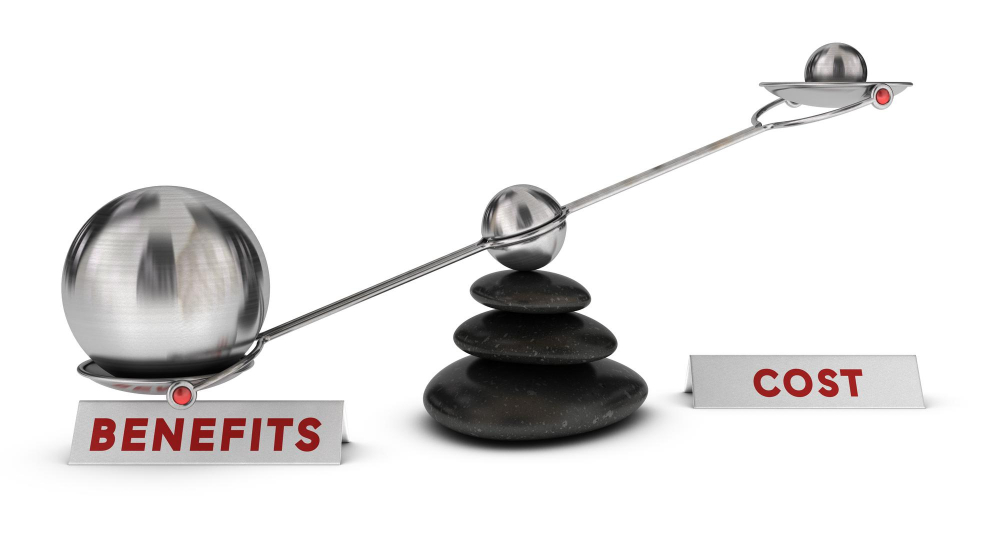
While some alternatives may be more expensive than traditional sand, they can also offer benefits such as increased safety and durability. Let’s take a closer look at the cost comparison of different sandbox fillers.
Recycled rubber mulch and crumb rubber are two options that tend to be on the pricier side but offer excellent shock absorption for falls from playground equipment. Pea gravel is another option that can provide good drainage while being relatively affordable.
Engineered wood fiber and wood chips/shavings are both popular choices due to their natural appearance and low cost, but they do require regular maintenance in order to prevent mold growth or insect infestations.
Play pellets made from recycled plastic tend to fall somewhere in between when it comes to price point, while foam play mats can be an affordable option for indoor sandboxes or smaller outdoor areas.
Ultimately, your choice of sandbox filler will depend on your budget as well as other factors such as safety concerns and environmental impact.
Choosing the Right Alternative
But fear not! Here are some factors to consider when selecting a substitute for sand:.
1. Safety: The safety of your child should always come first.
Consider materials that are non-toxic and free from harmful chemicals.
2. Durability: Choose a material that will withstand heavy use and weather conditions without breaking down or becoming compacted.
3. Maintenance: Some alternatives require more maintenance than others, so choose one that fits with your lifestyle and schedule.
4. Cost: While cost shouldn’t be the only factor in making a decision, it’s important to consider how much you’re willing to spend on an alternative material.
5.Environmental Impact : If you’re concerned about environmental impact, look for materials made from recycled or sustainable sources.
Substitutes for Sandbox Materials
You can use anything from recycled rubber mulch to organic coconut coir and even rice and beans! The key is to find a material that’s safe, non-toxic, and appropriate for your child’s age group.
If you’re looking for something that’s easy on the wallet, consider using packing peanuts or dog sand as an alternative. Packing peanuts are lightweight and inexpensive but may not be suitable for younger children who might mistake them as food.
Dog sand is another affordable option but should only be used if you know it hasn’t been treated with any harmful chemicals.
For indoor play areas or smaller outdoor spaces like balconies or patios, foam play mats make great alternatives to traditional sandbox fillers. They come in various colors and designs so your little ones can still have fun while staying safe indoors.
Ultimately when choosing a substitute material always keep safety in mind first before cost savings because nothing beats peace of mind knowing our kids are playing safely while having fun at the same time!.
FAQ
What can I use instead of sand for sensory play?
A suitable alternative to sand for sensory play is using polypropylene plastic pellets, which are non-allergenic and versatile for various activities, including sand and water tables, sandboxes, and art projects.
What is the best natural sand for a sandbox?
Answer: The best natural sand for a sandbox is beach sand, as it is all-natural, contains less dust, non-toxic, and cooler than other play sand options.
What is the healthiest play sand?
The healthiest play sand is Bahamian aragonite sand, also known as Baha Play Sand, which is safe for children, environmentally friendly, and free of silica and quartz.
Which eco-friendly alternatives can be used for sandbox play?
Eco-friendly alternatives for sandbox play include using non-toxic, biodegradable materials like coconut coir and cornmeal.
How do I choose a safe and non-toxic substance for a sensory play?
To choose a safe and non-toxic substance for sensory play, consider selecting materials that are labeled non-toxic, eco-friendly, and age-appropriate for the child.
Can I create a DIY sandbox with unconventional materials, and how?
Yes, you can create a DIY sandbox with unconventional materials by repurposing items like tires, wood pallets, or plastic containers and filling them with sand.
Recap
Liked this article? Here's what you can read next:
